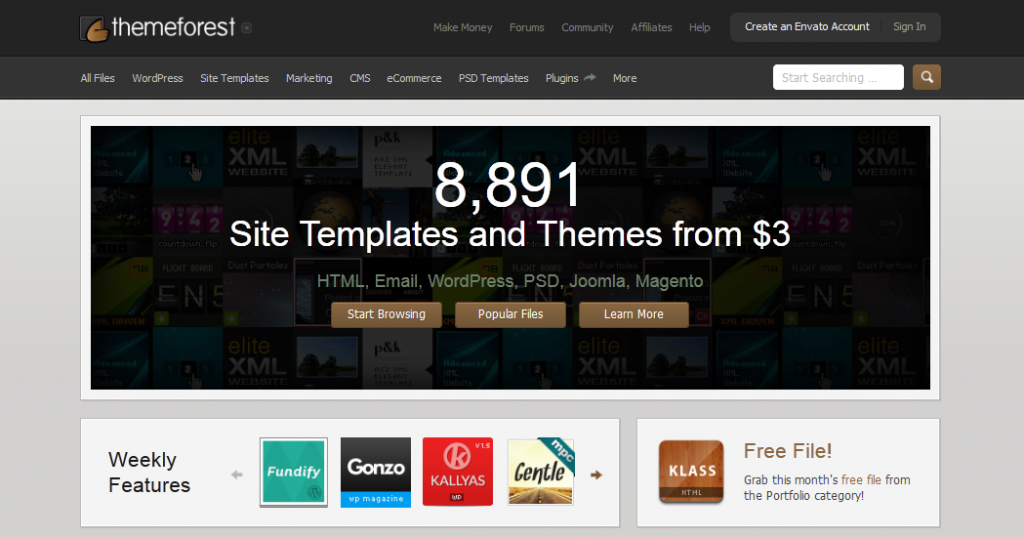The decision to engage a separation lawyer often comes during one of life’s most challenging transitions. For many, clarity arrives through a binding financial agreement – a legal document designed to settle the economic aspects of a relationship with certainty. Even in the midst of emotional upheaval, well-structured arrangements give both parties the foundation to continue their lives with greater stability and certainty.
Ending a long-term relationship is rarely a simple matter of moving on. Shared property, investments, superannuation, and even debts require careful separation and division. Without a structured plan, financial disputes can persist for years, resulting in ongoing stress and uncertainty. The law recognises this complexity, which is why it provides pathways for couples to formalise their financial arrangements. These agreements are not about choosing sides but about creating a clear framework that reduces conflict and offers peace of mind.
Clarity in finances often translates into clarity in life. Knowing precisely who is responsible for ongoing payments, what happens to the family home, or how superannuation will be divided allows both individuals to plan for the future. This transparency is crucial when children are involved, as financial disputes can spill over into other areas of co-parenting and decision-making. By resolving the financial aspects early, parents can focus their energy on creating stable environments for their children.
The value of structured agreements extends beyond immediate settlement. They safeguard against the risk of future claims, which can arise unexpectedly years later. This protection ensures that once matters are finalised, both individuals can move forward without fear of reopening old disputes. While reaching this stage can be emotionally challenging, it often provides the stability required to rebuild and embrace new opportunities.
Legal advice plays an essential role in this process. While online templates and informal agreements might appear straightforward, they often fail to capture the complexity of real financial situations. Professional guidance ensures that contracts are enforceable and reflect the unique needs of each party. It also ensures that rights are protected, particularly where there is a significant imbalance in financial knowledge or bargaining power.
Agreements also offer flexibility. Not every couple’s financial landscape is the same, and what works for one family may not be suitable for another. Some individuals may wish to retain joint ownership of certain assets for practical reasons, while others may seek a complete separation of their assets. The legal framework allows for this diversity, tailoring solutions that reflect the reality of modern relationships. This adaptability is a key strength, ensuring that the focus remains on fairness and practicality rather than rigid formulas.
For those navigating these decisions, timing can be critical. Addressing financial matters early often prevents misunderstandings and reduces the likelihood of disputes escalating. It also allows both parties to begin their new chapters with clarity rather than hesitation. Delaying discussions may seem more effortless in the short term, but it often results in greater conflict and cost down the line.

The emotional weight of separation can make discussions about money feel overwhelming. Yet those who approach these conversations with openness and respect often find the process less adversarial than they feared. A focus on long-term well-being rather than short-term victories tends to produce outcomes that both sides can accept. This approach aligns with the broader goal of the legal system: to resolve disputes in a manner that promotes stability and reduces ongoing conflict.
Financial arrangements also have implications for broader life planning. Decisions made at this stage can influence retirement security, business continuity, and even housing choices. Taking a considered approach ensures that these wider aspects are not overlooked. Professional advisors often work alongside lawyers in these situations, providing insight into tax implications, asset valuation, and investment planning. Together, they form a support network that ensures decisions are both legally sound and financially sensible.
Another vital aspect is enforceability. Agreements that are not properly executed may not hold up in court if challenged. This risk underscores the importance of ensuring that documents are prepared correctly and with the necessary independent legal advice. The peace of mind that comes from knowing an agreement is binding cannot be overstated. It allows both individuals to focus on rebuilding their lives rather than worrying about potential legal challenges.
For many, the ultimate goal is closure. A well-drafted agreement achieves this by clearly delineating shared financial responsibilities. It acknowledges the contributions made during the relationship while providing a path forward that respects the needs of both individuals. Closure, in this sense, is not just about ending a chapter but about providing the conditions for a new one to begin.
It is also worth recognising that these agreements are not limited to couples at the point of separation. Some enter into them at the beginning or during a relationship as a way of defining expectations. While this may seem unromantic, it often reflects a practical approach to financial management. By clarifying arrangements in advance, couples can reduce the risk of disputes later.
Ultimately, the process is as much about the future as it is about the past. By creating a clear financial framework, individuals can focus on rebuilding, pursuing new goals, and creating stability for themselves and their families. The end of a relationship does not need to mean the start of ongoing conflict. With the proper guidance, it can mark the beginning of a new phase built on clarity, respect, and independence.










 shared interest. Think about what topic or theme that could bring your community together. Who are the people you wish join your forum, is it business management specialists
shared interest. Think about what topic or theme that could bring your community together. Who are the people you wish join your forum, is it business management specialists Squarespace is famous for its beautiful templates which will help to get you started using a more professional aesthetic to Behance or Adobe Portfolio.
Squarespace is famous for its beautiful templates which will help to get you started using a more professional aesthetic to Behance or Adobe Portfolio.

 69% of shopping carts on eCommerce shops are deserted. To resolve this issue, marketing automation software application has typically sent out e-mail blasts to recuperate these lost sales. However, what if somebody is unresponsive over e-mail?
69% of shopping carts on eCommerce shops are deserted. To resolve this issue, marketing automation software application has typically sent out e-mail blasts to recuperate these lost sales. However, what if somebody is unresponsive over e-mail? With marketing automation, you begin to gather substantial quantities of details about the visitors on your site regardless of whether it is their first time or they’ve had previous interaction.
With marketing automation, you begin to gather substantial quantities of details about the visitors on your site regardless of whether it is their first time or they’ve had previous interaction.